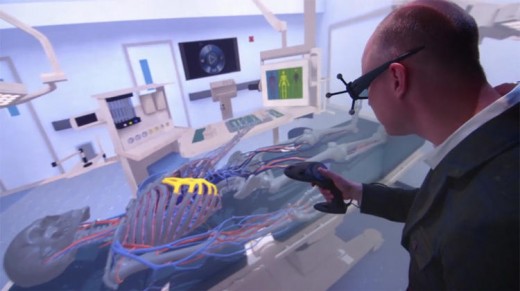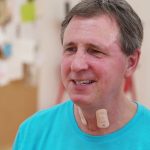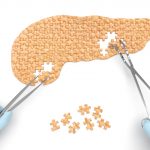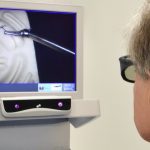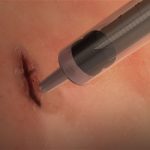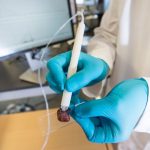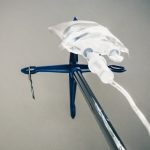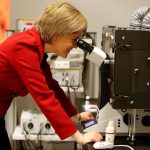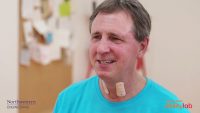Exploring This huge digital heart confirmed Me the future of medicine
I stand, a cyborg micronaut, in entrance of the biggest human heart any individual has ever seen.
it’s Arch Obler big, a flesh pump the dimensions of a skyscraper, but I manipulate it with god-like facility, rotating it in midair with my arms and bisecting it with just a flick of the finger. through ventricles and thundering aorta I dive, floating via coronary heart chambers so huge, they grow to be corpuscle cathedrals.
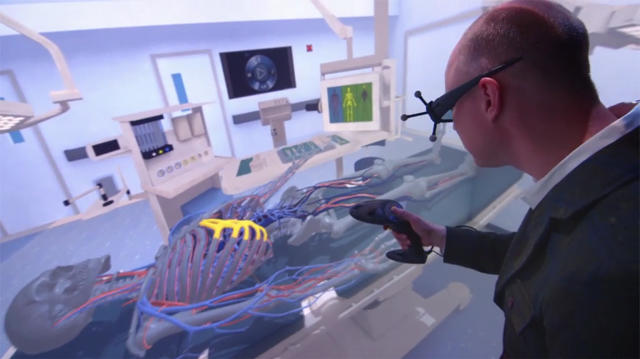
From each side, i’m swallowed by means of this living, beating coronary heart, however i’m not in danger. by way of simply thumbing a button at my fingertips, I may easily reduce it down to the scale of my hand, or make it disappear entirely.
but this is just a preview of issues to come back. as a result of i’ve been told that in a couple of years, it is not going to be any coronary heart I swim thru. it’s going to be a digital twin of my very own.
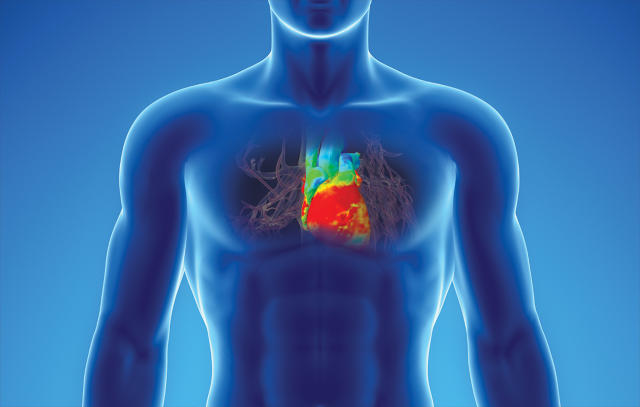
The residing coronary heart challenge
once I take off my goggles, i am no longer standing in a human heart anymore. i am standing in a multimillion-greenback virtual reality “cave” off I-95 within the Waltham, Massachusetts, headquarters of Dassault Systèmes.
Dassault is a 3-d device design firm you most likely by no means have heard of. the corporate sells powerful three-D simulation programs to corporations like Tesla that lets it, as an instance, crash take a look at its latest automotive designs in virtual reality, no dummies required. any other consumer is Boeing, which uses Dassault’s instrument to design and check airplane components nearly. the advantages are that new elements and designs may also be tested with out constructing—or destroying—physical fashions.
With the residing coronary heart project, or LHP, Dassault is trying to carry this comparable expertise to drugs. It simulates—in VR, or on a three-D kiosk relatively just like an incredible Nintendo 3DS—a baseline healthy human coronary heart, which will then be used to review issues like congenital coronary heart disease or heart defects, or how overseas bodies like medical implants or new drugs interact with it.
and that’s the reason only the start. think about a future during which a doctor can see what’s happening on your heart with the aid of strapping on an Oculus Rift and going within it; one wherein clinical college students can apply on digital patients exhibiting uncommon prerequisites they may by no means see in a training clinic; one where new medicine and unsafe new surgical techniques can be examined just about over and over again, prior to they’re ever tried on a bodily heart.
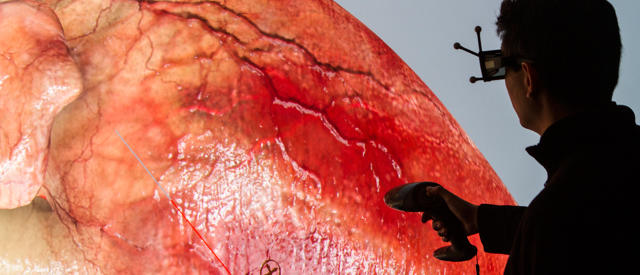
Simulating A One-In-A-Million heart
The residing coronary heart mission is the non-public undertaking of Steve Levine, senior director of Dassault’s SIMULA division. A material scientist with the aid of coaching, Levine doesn’t have a clinical historical past. however what he does have is a daughter with a congenital coronary heart deficiency.
Jesse Levine, 26, was born with a congenital heart condition in which her major arteries and ventricles are transposed. because of this the incorrect pumps and valves are answerable for maintaining blood flowing correctly through her body. because her electrical device is disrupted, she had her first pacemaker installed when she was once two; she has had three replacements on the grounds that then.
The dwelling coronary heart project used to be born out of Levine’s frustration with the truth that no person perceived to be mindful how his daughter’s coronary heart worked on a basic stage. “so much of medication is learning by means of direct observation,” Levine says. “that’s great for folk such as you and me, as a result of there are thousands of us. however for folks like my daughter? Her condition makes her one in 1,000,000.”
So Levine set out to build a platform that will ultimately enable him to take note his daughter’s coronary heart as a subject material scientist. The dwelling coronary heart mission is the outcome.
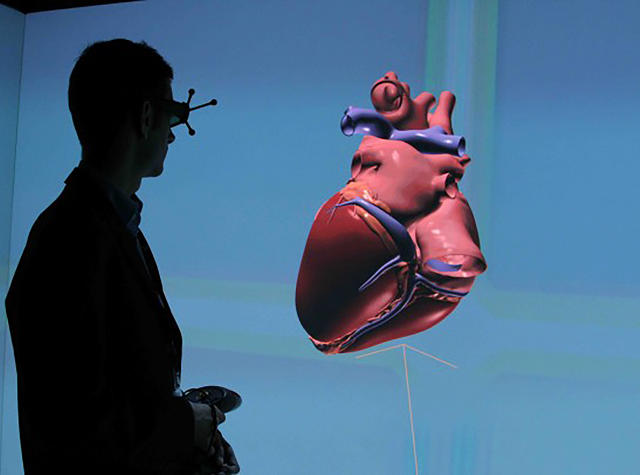
creating a Digital Twin Of Any patient’s coronary heart
at this time, the living coronary heart undertaking cannot simulate precisely what’s going on in Jesse’s coronary heart. Leveraging information from the food and Drug Administration (FDA), the Mayo medical institution, and different companions, Dassault’s instrument simplest simulates a “customary” heart. that is a necessary starting point, says Levine. From a mechanical engineering standpoint, it is necessary to show that your model can competently simulate the baseline, prior to you begin throwing it curve balls.
however even a “baseline” simulated coronary heart will also be useful in checking out new types of implants and drugs and proving they work, which is why the FDA is so keenly . They’ve signed a 5-12 months research settlement with Dassault to make use of the LHP to simulate the reliability of pacemaker leads, the wires that deliver an electrical system to a patient’s heart. If the FDA embraces the LHP, it may possibly velocity up the time it takes to bring new scientific advances to market.
ultimately, Dassault sees the dwelling coronary heart venture evolving in order that medical doctors will be able to simulate someone’s heart stipulations in digital fact, simply by way of feeding it MRI data and placing on a VR headset. individuals with distinctive coronary heart conditions like Jesse Levine will experience a better quality of care, because docs will actually have the ability to explore what Dassault calls a “digital twin” her coronary heart to customized-tailor new therapies to her unique wants.
And needless to say, if Dassault can pull off this stage of medically correct simulation, the heart’s only one venture. other organs and techniques such as the mind and lungs may be simulated, except the “H” in LHP stands for “human,” no longer “heart.”
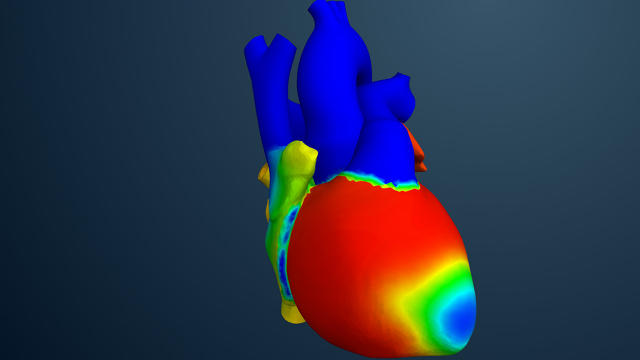
Will VR Be For medicine What CAD was once For Architects?
which is nonetheless a ways off. at the moment, Levine admits that even as just a coronary heart simulator, LHP has about a decade to move prior to it can function as a “digital twin” of any patient’s real coronary heart. Dassault has simply started, for instance, working out learn how to simulate illness states. After that, there will probably be vital hurdles to getting the LHP popular via regulatory our bodies, which can be still studying the way to interpret information from digital trying out. Dassault must also persuade docs and hospitals that affected person outcomes will probably be higher if they use their software, which is able to best be confirmed after they’ve already completed so. “it’s a bit of a chicken-egg downside,” admits Levine.
there isn’t a doubt in Levine’s thoughts, although, that instrument just like the residing heart challenge—and, with the aid of extension, virtual truth as a complete—goes to ultimately make a huge impact on the scientific business.
“Our minds are built to work in 3-D, however for years, docs have had to make do with seeking to remember the body thru one- and two-dimensional data units,” he says. When reasonably priced virtual truth techniques like the Oculus Rift attain a tipping level, Levine likens the transition medical doctors will make to what happened when architects have been able to make the leap from pencil drawings to CAD applications. doctors will eventually have the ability to achieve a “basic understanding” of how a affected person’s physique works thru simulation and direct statement, permitting them to offer better therapy, save lives, and reduce the cost of health care over time.
“i would say that VR is unequivocally the future of medicine,” Levine says. “it can be only a query of when.”
All images: by the use of Dassault Systèmes
related: Will virtual truth Go Mainstream?
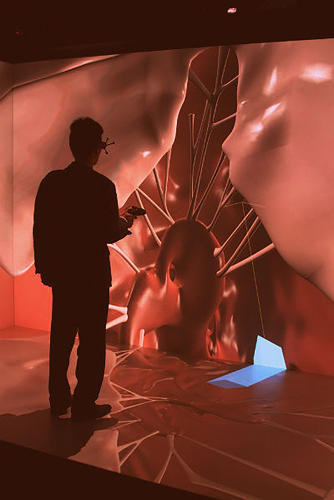

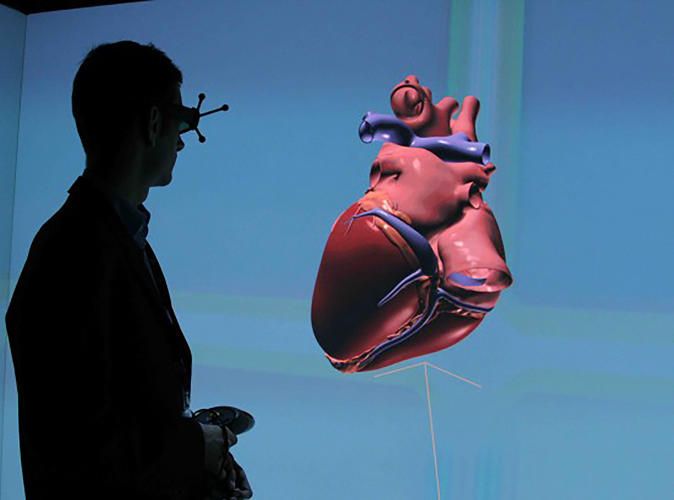
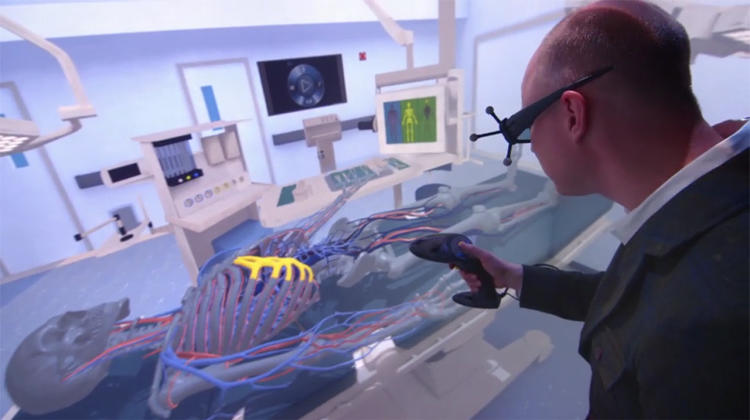
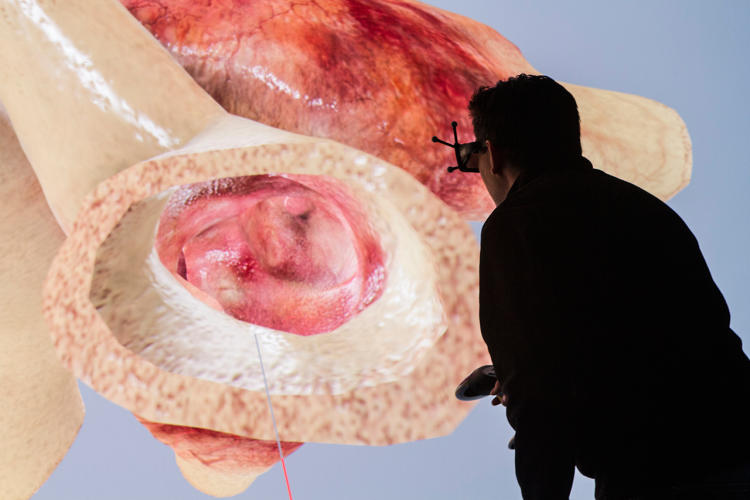


(34)

